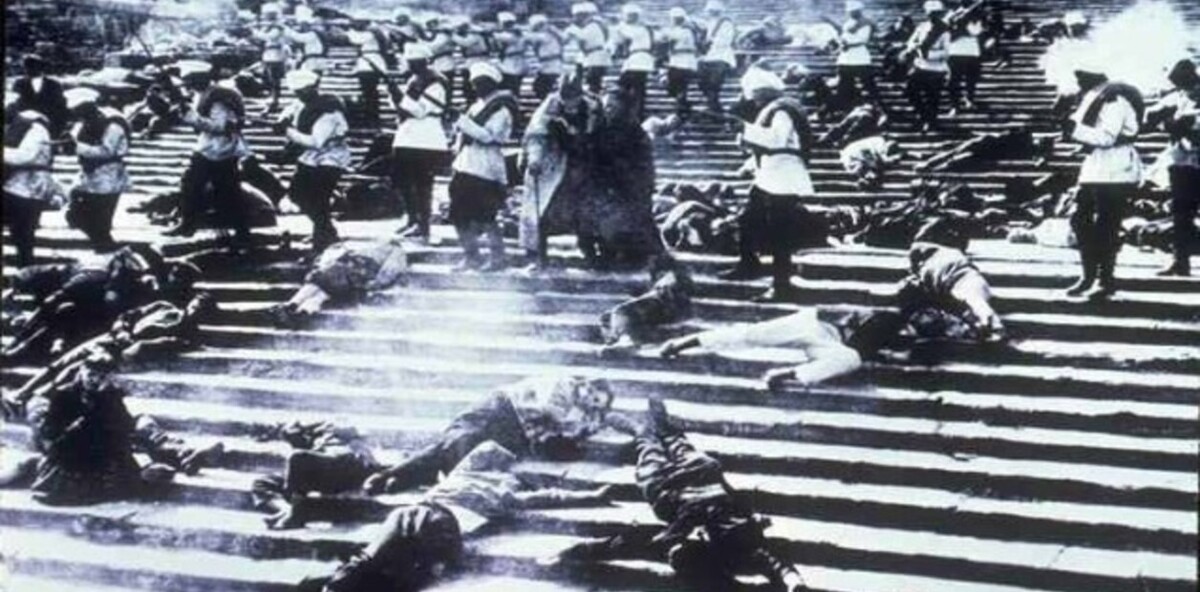
Throughout the year, numerous peasant uprisings were recorded, demanding an agrarian reform that never materialized. The only solution that guaranteed a comprehensive improvement in their lives was a revolution that would completely overthrow political and economic power. In the cities, workers demanded better working conditions and higher wages. The most intriguing political experience took place in St. Petersburg, where in October 1905 a soviet was established that called for a general strike.
The political identity, workers' institutions, and relations between revolutionary factions began to take shape. In the early 20th century, new revolutionary groups emerged, recovering from the repression of previous decades, including anarchist and socialist organizations that directly opposed the Tsarist government. The Russo-Japanese War, which began in February 1904, resulted in humiliating defeats for the Russian Empire, revealing unrest and political and social divisions in society.
After the death of Tsar Alexander II in 1881, he was succeeded by his son Alexander III, a conservative who imposed severe repressions on clandestine revolutionary groups. The advancement of capitalism in Tsarist Russia had its peculiarities, and some liberals promoted the "Emancipation Reform" implemented by Alexander II. Despite certain reforms, the Tsar continued to hold political power, and the nobility controlled land and the economy.
The Revolution of 1905 became a dress rehearsal for the Revolution of 1917. Although a significant part of the Russian population supported the reforms, the Tsar's autocratic power remained unchallenged. The prospect of a minority of the Russian army adopting revolutionary ideas worried the Tsarist empire. From the beginning of the revolution, Tsar Nicholas II, advised by his ministers, was in favor of implementing reforms to calm popular discontent.
The widespread revolt across Russia following the "Bloody Sunday" massacre was a turning point. The formation of self-defense militias and the incorporation of a part of the Russian army into the revolutionary ranks were key aspects. The Revolution of 1905 laid the foundations for a limited constitutional monarchy and the emergence of the parliamentary Duma. The events of 1905 propelled the organization of the labor movement internationally and strengthened the revolutionary struggle.
The class conflict that erupted in Russia had been brewing for decades and aimed primarily at the overthrow of the Tsar and the emancipation of the peasant masses. During the second half of the 19th century, the majority of the Russian population was peasant, living in serfdom until 1861. The exile of Russian thinkers allowed for the introduction of socialist thought in the country.
The calling of the St. Petersburg soviet and its struggle for better working conditions coincided with military defeats in the Russo-Japanese War, creating an atmosphere of discontent. A unified revolutionary strategy was sought to overcome Tsarist repression and the inequalities of rural capitalism. Political reforms were introduced in 1864, although the exploitation of peasants continued. The revolution of 1905 was a crucial step towards the Revolution of 1917 and strengthened the international labor movement.
The sailors' mutinies and strikes in factories like Putilov's highlighted popular discontent and the lack of strategic unity among the working class. "Bloody Sunday" and the aftermath of the revolt in St. Petersburg marked a milestone in Russian history. The Revolution of 1905 was a turning point that consolidated the workers' struggle and laid the groundwork for future transformations.










